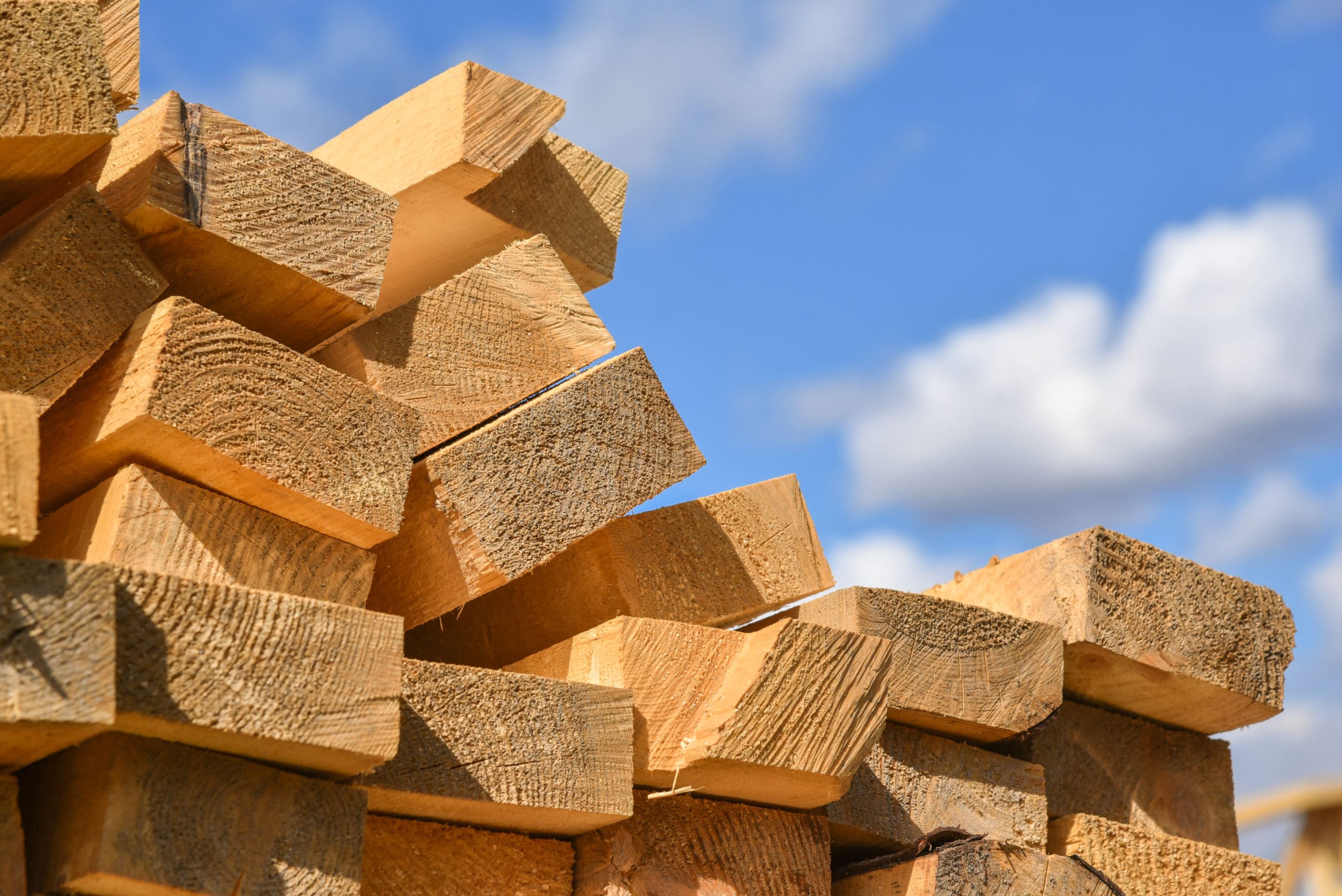
There have been many unexpected, indirect effects of the pandemic. One that is having a large impact on the average American is rising lumber prices. It’s also, of course, affecting the building and construction industry. With little relief on the horizon, lumber prices look set to remain high for the foreseeable future. This will slow the speed at which the American economy recovers as the waves of the pandemic slowly recede.
Reasons for Rising Lumber Prices
Lumber prices across the board have increased 130% since before the pandemic. So, what are the reasons for the soaring prices?
Shortage of Supply
Over the last few years, the construction of new housing has been on the rise. When the pandemic and lockdowns started to take effect, sawmills were forced to stop or limit production, which has contributed to the current situation where supply cannot keep up with demand. As the laws of supply and demand kick in, this means that lumber prices will continue to rise until there is an equilibrium reached. The difficulty is that the demand shows no sign of letting up, and sawmills are already producing at capacity. This means prices will likely remain high in the short to medium term.
The demand for new housing is part of a spillover effect of the pandemic, with those that previously would have remained in apartments considering the benefits of stand-alone housing in a less population-dense environment.
A less important, but still relevant, factor has been the destruction of trees by pests in several key forestry areas, including British Columbia.
Lower Mortgage Rates
The housing market in the US remains strong, fueled in part by lower costs of lending. Interest rates were lowered at the start of the pandemic, with the 30 year fixed rate mortgage now below 3%, a record low. This has seen an influx of buyers into the housing market, with many people planning to buy in the next few years now able to make the leap to homeownership earlier due to these low-interest rates.
The DIYer
The pandemic created another hidden factor. With people locked down, DIY projects suddenly became a priority, and lumber sales increased as a result.
Disrupted Supply Chain
Contributing to the difficulties has been the disrupted supply chain, again due in part to the pandemic. Lockdowns and restrictions from the pandemic frayed the supply chain. With the restrictions starting to lift, there is a need to re-establish the supply chain and ensure the lumber makes it to the market for sale.
National Association of Homebuilders
In March 2021, the National Association of Homebuilders was prompted to write to the Secretary of Commerce asking that the lumber supply chain be investigated, the causes for the high prices be identified, and remedies be implemented to increase production. Among the concerns of those that signed the letter were the following:
- Lumber prices have tripled since last spring
- Oriented strand board prices are up 250%
- The cost of building the average single-family home has increased $24,000 since mid-April 2020.
- The cost of building a multi-family home has increased by $9,000 over the same period.
The lumber products that have seen the greatest increases represent those heavily used in residential and commercial remodeling projects. These include hospitals, schools, restaurants, and offices, which will see the cost of these projects increase over time.
Construction Price Index
One of the most effective ways of measuring the impact and extent of the price increase is the construction price index. The construction price index measures the change in production factors for housing construction. Using a formula, it measures the salary, equipment, materials, transport, and other costs associated with housing production.
It provides an excellent way of determining the impact various individual factors have on the market as a whole. Using multi-dwelling buildings as an example, the construction price index measured an increase of 0.9% between March and April 2021, which contributed to an annual total increase of 6.8%. This illustrates the extent to which the lumber issue is impacting the building and construction industry.
Building and Construction Industry
The building and construction industry uses fixed-price contracts extensively. Therefore, to a large degree, they have had to absorb the increases and delivery delays to the extent the long-term future of many of these companies has been placed in jeopardy.
Many of those most affected will be the small operations; while larger operators will take a greater financial hit, they are more adequately equipped to absorb the costs that smaller operators will struggle with.
Those smaller firms are also those that are most likely to offer subcontracting services to the larger companies. As belts are tightened at a higher level, this will spill down the chain, meaning the smaller operations will not be able to rely on future contracts to make up the lost ground as bidding processes look set to become increasingly more competitive in at least the short-term.
Future Prices
While it is not unusual to see lumber prices rise through spring and into summer, traditionally the market resets going into fall. Market forecasts do not expect to see this trend kick-in come fall 2021.
Interest rates will slowly start to rise again toward the end of 2021 and into 2022. This will ease the demand for housing with a return to pre-pandemic demand levels predicted by 2023.
As more sawmills come back online, production will increase. Then, as more lumber becomes available, this should contribute to the price easing over the next 18 or so months.
The evidence suggests the market will reset; the challenge will be nursing those suffering the immediate effects in the building and construction industry through to this point. Government intervention has been requested; however, whether this will be forthcoming remains to be seen.



